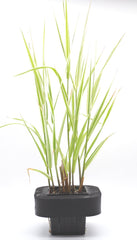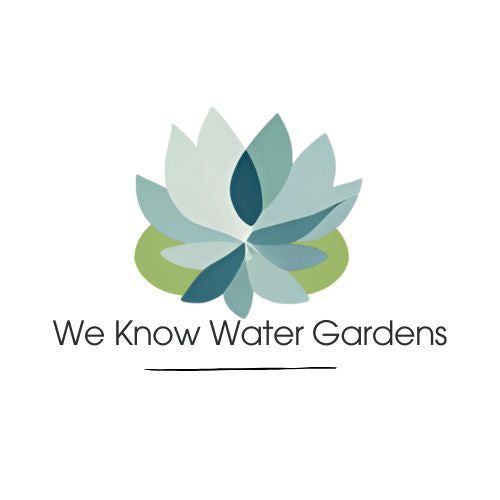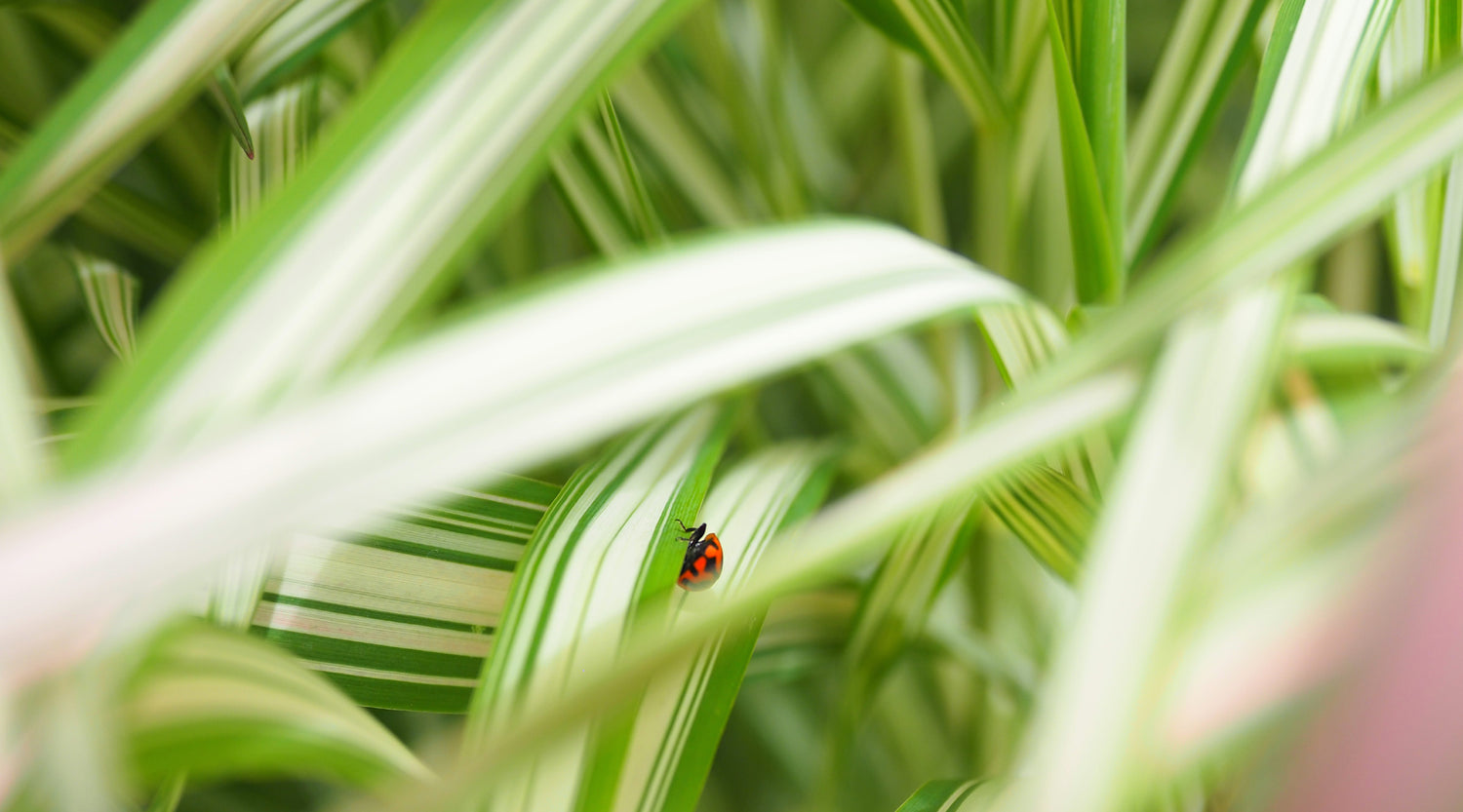What is a Bog Filter for Ponds?
on Apr 06, 2024
A pond bog filter, also known as a bog filter or a wetland filter, is a type of filtration system used in ponds and water gardens to maintain water quality. It mimics the natural processes of wetlands by employing a combination of plants and microorganisms to filter out impurities and nutrients from the water.
In this blog post, we will guide your through the world of bog filters here in Australia and explore their transformative potential in garden ponds. From understanding the underlying principles of biofiltration to uncovering the ecological benefits of incorporating bog plants into your pondscape, we delve deep into the world of bog filters to reveal how they can elevate your aquatic oasis to new heights of beauty and vitality. So, join us as we embark on an exploration of bog filters – nature's gift to garden pond enthusiasts seeking harmony between aesthetics and sustainability.
How Do Bog Filters Work?
 The magic of bog filters lies in their ability to replicate the natural filtration processes found in wetlands. As water from your pond is pumped into the bog filter, it percolates through the gravel substrate, where beneficial bacteria thrive. These microscopic marvels break down organic matter and metabolise excess nutrients, effectively purifying the water.
The magic of bog filters lies in their ability to replicate the natural filtration processes found in wetlands. As water from your pond is pumped into the bog filter, it percolates through the gravel substrate, where beneficial bacteria thrive. These microscopic marvels break down organic matter and metabolise excess nutrients, effectively purifying the water.
Meanwhile, the roots of the aquatic and bog plants play a crucial role in the filtration process. They absorb nutrients directly from the water, depriving algae of the sustenance they need to thrive. Additionally, the dense root systems provide a habitat for beneficial bacteria, further enhancing the filtration capabilities of the bog filter.
The Benefits of Bog Filters
Embracing bog filters in your garden pond offers a myriad of benefits:
- Natural Filtration: Bog filters harness the power of nature to purify pond water, reducing the need for chemical treatments.
- Algae Control: By absorbing excess nutrients, bog plants help prevent algae blooms, promoting water clarity and a healthy ecosystem.
- Wildlife Habitat: Bog filters create a haven for beneficial bacteria, insects, and other aquatic organisms, enriching the biodiversity of your pond.
- Aesthetic Appeal: With their lush greenery and vibrant blooms, bog plants add beauty and character to your pondscape, enhancing its visual appeal.
Creating Your Own Bog Filter
Ready to embark on the journey of bog filter installation? Here's a basic guide to get you started:
- Choose Your Location: Select a suitable spot for your bog filter, ensuring adequate sunlight and proximity to your pond.
- Construct the Bed: Dig a shallow bed for your bog filter and line it with pond liner to prevent leakage.
- Add Gravel: Fill the bed with coarse gravel, creating a porous substrate for water filtration.
- Plant Selection: Choose a variety of aquatic and bog plants, considering factors such as sun exposure and water depth.
- Install Pump and Plumbing: Connect a submersible pump to your pond and install plumbing to circulate water into the bog filter.
- Planting: Plant your selected bog plants in the gravel bed, ensuring proper spacing and coverage.
- Maintenance: Regularly monitor and maintain your bog filter by trimming plants, removing debris, and cleaning the gravel substrate.
What Pond Plants are Best to Plant in a Bog Filter?
 The plants used in a pond bog filter play a crucial role in the filtration process. They absorb nutrients directly from the water, helping to prevent algae blooms and maintain water clarity. Additionally, the dense root systems of the plants provide habitat for beneficial bacteria, further enhancing the filtration capabilities of the bog filter. We recommend using the following pond plants to your bog filter:
The plants used in a pond bog filter play a crucial role in the filtration process. They absorb nutrients directly from the water, helping to prevent algae blooms and maintain water clarity. Additionally, the dense root systems of the plants provide habitat for beneficial bacteria, further enhancing the filtration capabilities of the bog filter. We recommend using the following pond plants to your bog filter:
Lizard's Tail (Saururus Cernuus) is a great choice of pond plant that thrives in a bog filter. It can be grown in full sun or part shade and produces long spikes of white flowers.
white flowers.
Gardeners Garters (Phalaris arundinacea) develops a dense root system and is a good choice for stabilising the marginal areas of a pond or a dam wall area. This pond plant is an excellent choice for its capability of removing heavy metals from water.
Water Iris (Lake Ouachita) is a Louisiana iris species that is incredibly easy to grow in bogs and margins of ponds, dams or water gardens. Water iris is one of the most popular pond plants that acts as a natural filter, improving water quality by absorbing excess nutrients.Frog Grass (Carex fascicularis) A native pond plant that will grow happily in marginal areas of ponds and water gardens in full sun or shade. This pond plant will grow between 60-70cm in height and will also provide plenty of frog habitat.
Knobby Club Rush (Ficinia Nodosa) Another Australian native pond plant that grows in full sun to part shade. It will grow up to 50cm in height.
Dwarf Papyrus (Cyperus papyrus nana) Can grow to 60cm high and forms clumps that slowly increase in volume via rhizomes that spread along boggy areas of the pond or in a pot. It is always best to plant Dwarf Papyrus in a pot as they are difficult to remove once established in a pond. They produce a star shaped seed head and can be grown from seed as well as via division.
Golden Sweet flag (Acorus gramineus ogon) a neat, low maintenance pond
 plant that will provide a striking golden vision when planted on mass. It's rhizomes work hard at filtering impurities from the water when grown as a bog pond plant.
plant that will provide a striking golden vision when planted on mass. It's rhizomes work hard at filtering impurities from the water when grown as a bog pond plant.
© weknowwatergardens 2024
Share

